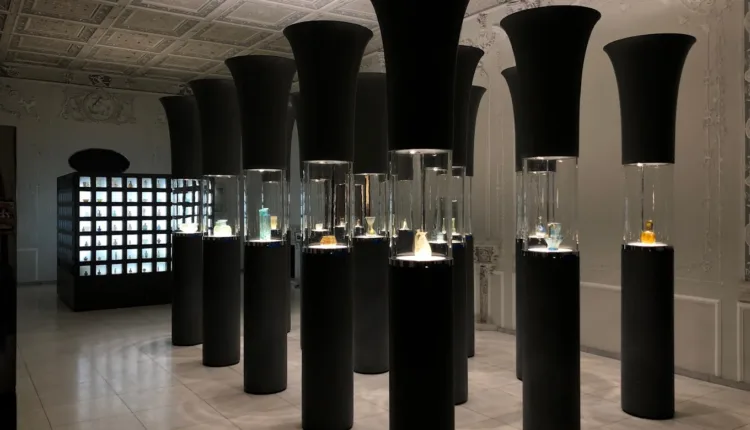Glassware and Ceramic Museum of Iran: Abgineh Museum
Abgineh Museum
Exploring the Marvels of the Glassware and Ceramic Museum of Iran
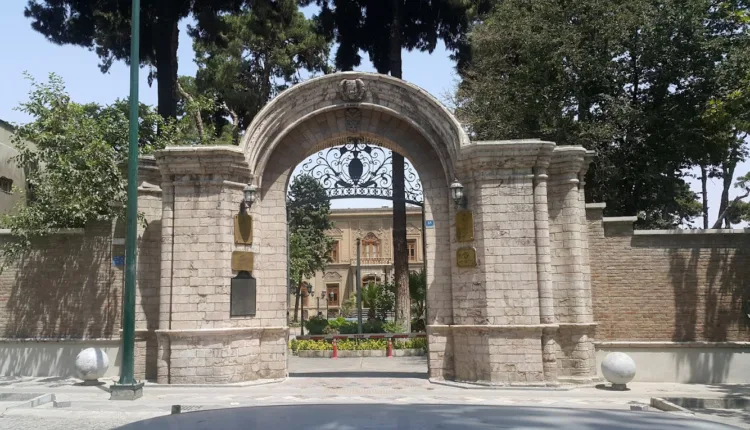
Introduction
Located in the heart of downtown Tehran, the Glassware and Ceramic Museum of Iran, commonly known as the Abgineh Museum, is a crowd-pleaser that hosts a myriad of artistic treasures, attracting over two million international visitors annually.
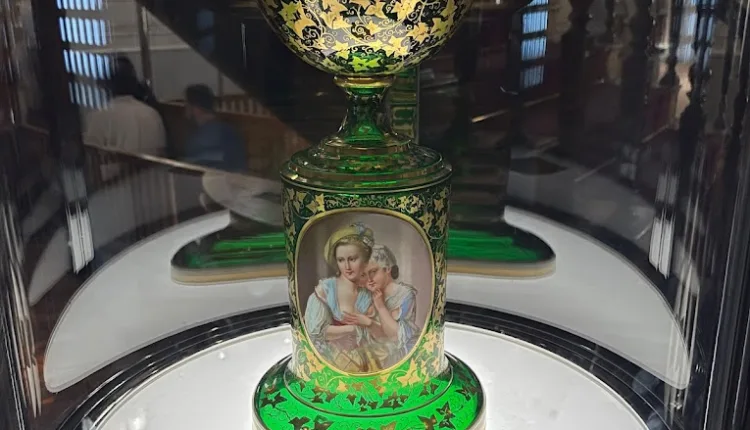
A Glimpse into the Museum’s Rich History
The building of the Abgineh Museum is a historical monument from the Qajar period. It was constructed in 1911 by Ahmad Qavam, serving as his private residence and office until 1932 when it was sold to the Egyptian embassy. The embassy held the premises until 1972 when the office of Farah Pahlavi, the last queen of Iran, acquired and transformed it into a museum. The museum building is a regular decagon, inspired by the Cube of Zoroaster, Safavid arches, Persepolis columns, and the Tachara Palace.
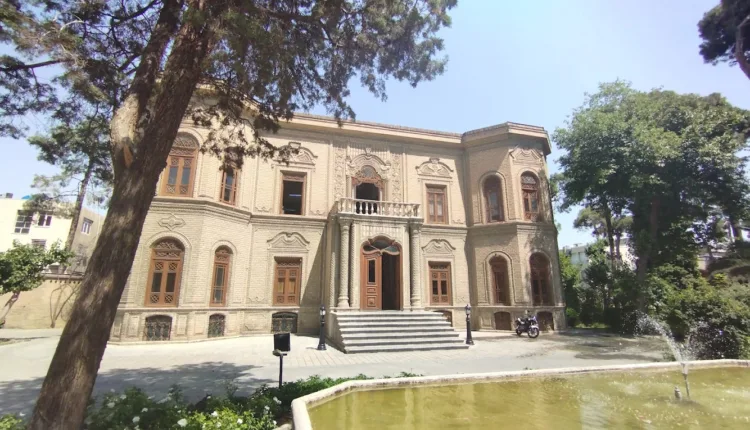
Exhibition Halls: Showcasing Exquisite Artworks
The museum, nestled in a 7,000 square meter garden, is a two-story building comprising five exhibition halls. The first two halls, situated on the ground floor, house pre-Islamic ceramics. The remaining three halls, on the first floor, showcase Islamic-era artifacts.
Hall two is particularly interesting as it preserves some of the oldest ceramics and glass pieces and boasts intricate brickwork decorations and delicate wood carvings. The staircase connecting the two floors embodies distinct Russian architectural influences.
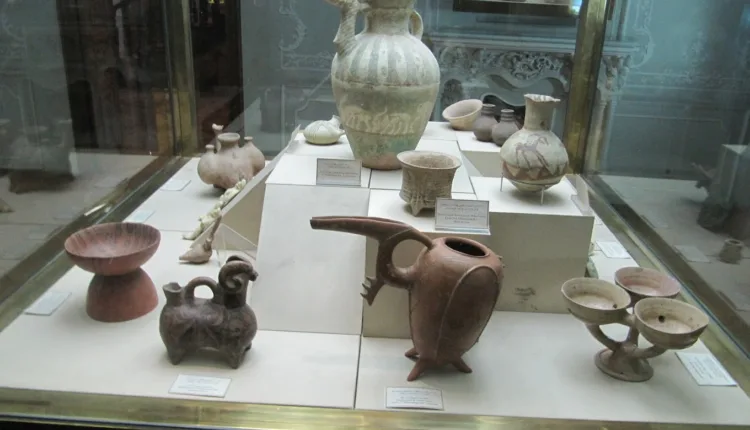
Additional Halls: The Shell, Golden, and Azure
The three additional upper-floor galleries known as the Shell, Golden, and Azure Halls exhibit items from the Islamic period.
In the Shell Hall, you’ll find glassware and ceramics from the Nishapur region, dating to the 9th and 10th centuries AD.
The Golden Hall hosts artifacts from the Seljuk period, the 11th to 14th centuries AD, with some pieces inscribed in Naskh script.
Finally, the Azure Hall showcases turquoise ceramics from the Ilkhanid era, used in the 13th and 14th centuries.
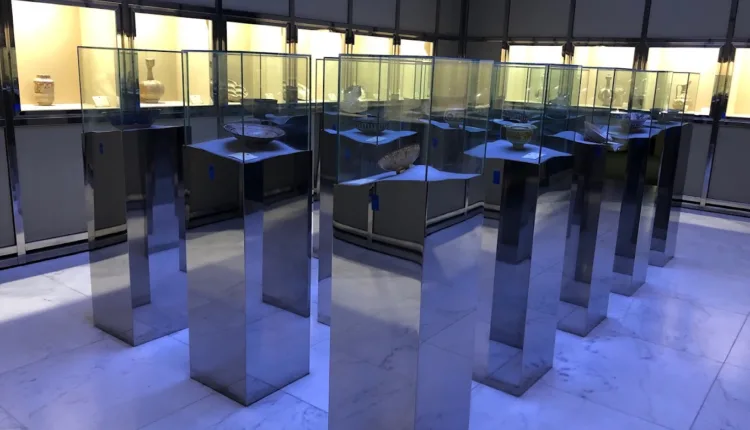
Library
The museum houses a library in the northwest wing, comprising around 4,000 books in Persian and English, predominantly focusing on history, art, and archaeology.
How to Get to the Glassware and Ceramic Museum of Iran
Whether you’re a local resident or a visitor to Tehran, getting to the Glassware and Ceramic Museum of Iran is a breeze, thanks to the city’s comprehensive and convenient transportation system. Here are a few options for your journey:
Personal Vehicle
If you’re driving, the museum is located at 67, 30 Tir Street, off Jomhouri Street. Depending on your starting point, you may need to navigate through Tehran’s bustling streets, but with a good map or a GPS system, it should be straightforward.
Metro
For an easy, budget-friendly, and eco-conscious option, Tehran’s metro system is a great choice. The closest station to the museum is Saadi Station. Once you exit at Saadi Station, you’ll need to walk along Jomhouri Street and then turn into 30 Tir Street. The museum is situated at number 67.
Tehran’s metro is generally reliable and efficient, and it provides an opportunity to travel like a local. It’s worth noting, however, that it can be busy during peak times.
Our thoughts
The Glassware and Ceramic Museum of Iran, with its rich historical and artistic essence, is a must-visit for anyone visiting Tehran. Why not check out our museums page for the most comprehensive list of places to visit in Tehran.

